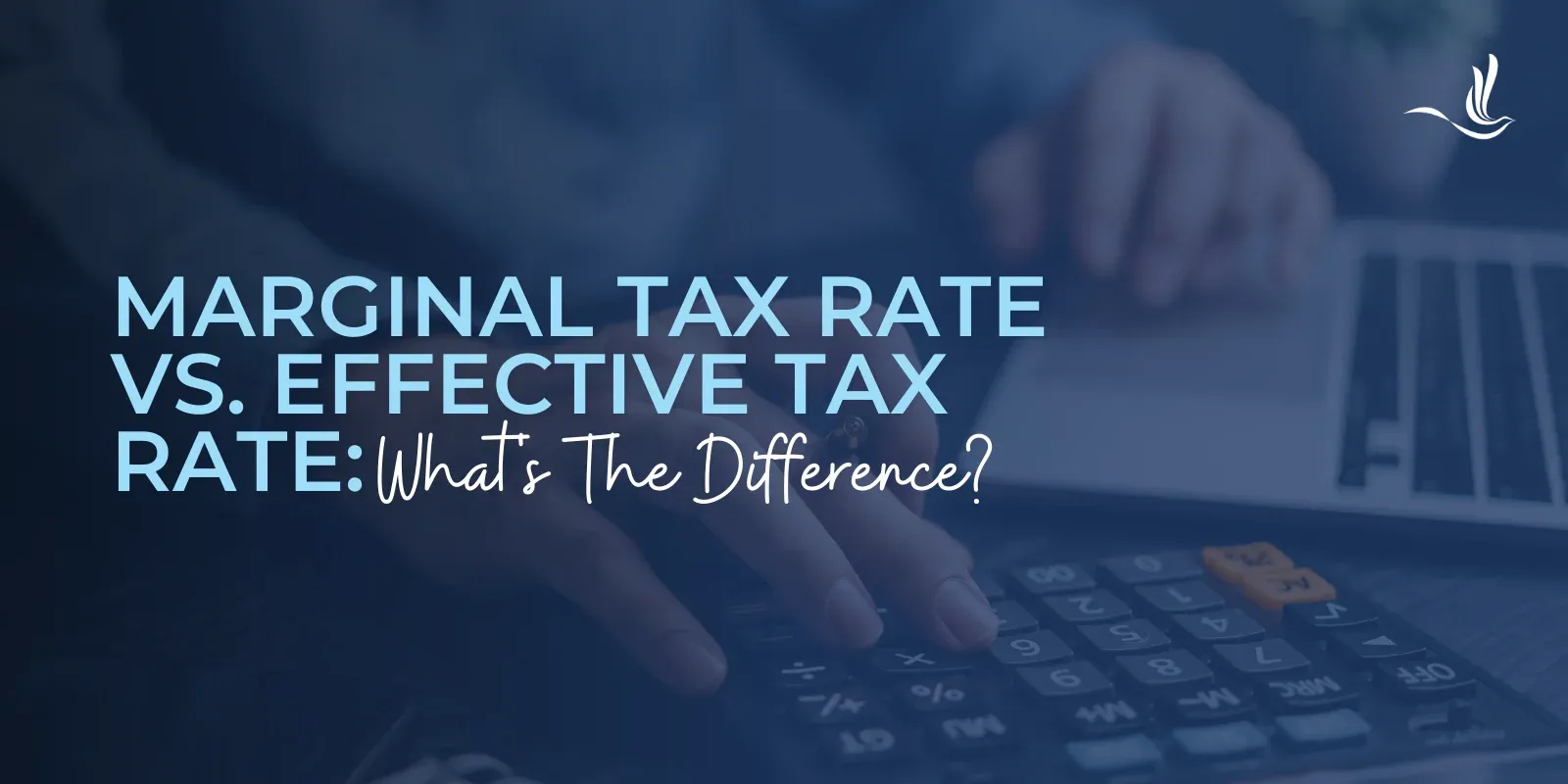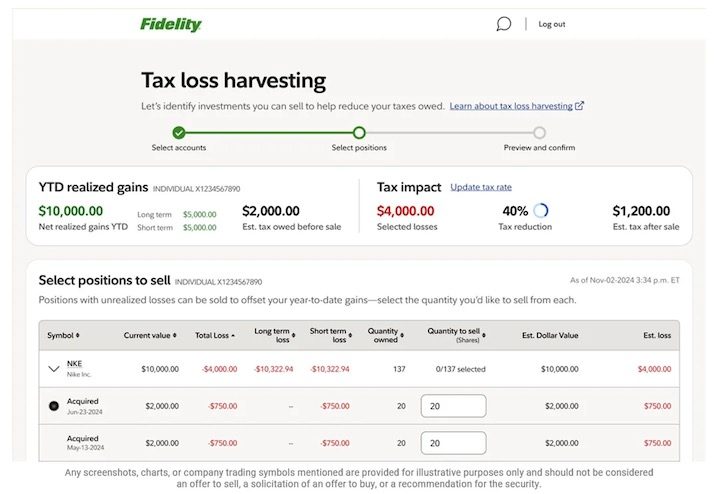Student loan forgiveness is a hot topic. There’s a lot of speculation about what to expect from the Biden Administration and whether programs implemented during COVID-19 will be expanded or evolve into some level of widespread cancellation.
While politicos and talking heads wrangle over the legality, acceptability and capacity for blanket cancellation (and what long-term solutions can prevent us from being stuck in this position again down the road), some graduates are already pursuing student loan forgiveness.
Let’s take a look at some of those who are factoring student loan forgiveness into their long-term financial planning, based on an April 2022 survey conducted by Student Loan Planner®.
1. Who’s currently pursuing student loan forgiveness? 2. Public Service Loan Forgiveness (PSLF) vs. income-driven repayment forgiveness 3.Who has high levels of debt? 4. Bottom line
Who’s currently pursuing student loan forgiveness?
We surveyed more than 4,000 student loan borrowers to determine whether they’re pursuing a type of student loan forgiveness. The survey focused on Public Service Loan Forgiveness (PSLF) and the forgiveness that comes after 20 or 25 years, depending on your income-driven repayment (IDR) plan.
According to our results, many respondents plan to pursue some form of forgiveness. The highest percentage of those pursuing any type of forgiveness are those that identify as female and LGBTQIA+, with 76% of respondents saying they’re pursuing forgiveness.
In fact, those who identify as female are more likely than those who identify as male to say they are pursuing forgiveness.
However, plenty of borrowers identifying as male are pursuing student loan forgiveness, as well. And, as with those that identify as female, those who also claim an LGBTQIA+ identity as males have a higher rate of pursuing forgiveness, at 64%.
At the same time, 64% of Black or African American males also say they are pursuing student loan forgiveness. You can see a breakdown, here:
Demographic Group
Sample Size
% Pusuing Forgiveness
Female LBGTQ, of any race
297
76%
Female Black or African American
351
74%
Female White
3,109
71%
Female Hispanic or Latino, of any race
359
67%
Female Asian
389
66%
Male Black or African American
76
64%
Male LBGTQ, of any race
123
64%
Male White
1,505
63%
Male Asian
232
60%
Male Hispanic or Latino, of any race
154
56%
*Source: Student Loan Planner survey April 18, 2022
The connection between student loans and those that identify as LGTBQIA+ makes sense in this context. Adults who identify as LGTBQIA+ are more likely to have federal student loans than those who don’t identify as such, according to a study published by UCLA.
Additionally, the UCLA study concludes that women hold two-thirds of student loan debt, and Black college graduates owe about $25,000 more, on average, than their white counterparts.
Download the Best Student Loan CalculatorWhen considering these realities, it’s little surprise that women are more likely to be pursuing forgiveness and minority and historically marginalized communities are interested in finding a way out of their student loan debt.
Public Service Loan Forgiveness (PSLF) vs. income-driven repayment forgiveness
Public Service Loan Forgiveness (PSLF) is a program designed to incentivize graduates into taking government and nonprofit jobs that offer a public good, even though they may not pay as well as a similar role in the private sector.
With PSLF, a borrower can be eligible to have their remaining balance forgiven after making 120 qualifying payments, or about 10 years.
On the other hand, income-driven repayment (IDR) plans are designed to help those with lower incomes afford their monthly payments. IDR promises forgiveness after 20 or 25 years if there’s a balance remaining.
Because PSLF is based on having a certain type of employment, it’s little surprise that some professions are more likely to pursue PSLF than others.
For example, 86% of government employees are pursuing forgiveness, with 76% of them focusing on PSLF and only 10% expecting to receive forgiveness based on their income-driven repayment plan.
Compare that to the 47% of those in the corporate world pursuing loan forgiveness — only 9% are trying for PSLF, while 38% expect to receive forgiveness after 20 or 25 years, depending on their IDR plan.
One of the most interesting numbers coming out of this survey is that 91% of naturopaths and 95% of acupuncturists are pursuing loan forgiveness. However, the bulk of them (86% and 70%, respectively) are pursuing it as part of IDR, rather than trying for PSLF.
Interestingly, 72% of physicians, a group with historically high levels of student loan debt, are pursuing student loan forgiveness. Sixty-four percent of them are pursuing PSLF, while 8% are looking into forgiveness at the end of an IDR plan.
Who has high levels of debt?
When looking at high levels of student loan debt, Student Loan Planner tried to get a feel for which demographics are likely to see a high level of debt as compared to the general population.
In general, those identifying as Asian and as White saw the highest ratio of high debt levels to the population.
Demographic Group
Sample Size
% of High Debt Borrowers in Survey
% of Population
% of High Debt Borrowers Compared to Population
Asian
627
10.2%
7.2%
141.6%
White
4,643
75.5%
71.0%
106.3%
Native American or Other Pacific Islander
30
0.5%
0.5%
97.5%
Black or African American
432
7.0%
14.2%
49.5%
Hispanic or Latino, of any race
517
8.4%
18.7%
44.9%
American Indian or Alaskan Native
56
640.9
2.9%
31.4%
*Source: Student Loan Planner survey April 18, 2022, US Census Bureau (2020)
Some have pointed out that this could indicate blanket loan cancelation having a greater benefit to high earners who also have a large amount of debt.
However, having a high debt level doesn’t indicate that someone is uncomfortable financially. For example, those who identify as Black or African American have a lower ratio of high debt borrowing, but they also remain underrepresented in the high-paying physician career. The careers that come with higher pay (and higher student loan debt) remain dominated by specific groups.
In general, those who need access to forgiveness programs might not know how to access them, resulting in potential inequality for student loan forgiveness — even under the temporary waiver for PSLF and IDR currently in effect.
So, while some groups have a relatively low ratio of high debt borrowers to the population, they might still be impacted by higher default rates and other issues inherent in our system.
More people are pursuing student loan forgiveness and looking at their options. However, you might not realize the most beneficial path for you out of the 20+ forgiveness programs that are available.
A consult with a student loan professional can help you navigate your options to examine various programs, including PSLF, Teacher Loan Forgiveness and IDR.
If you’re not sure where to start, and you feel overwhelmed, consider speaking with a professional who can help you map out a plan for repayment or forgiveness.
Get a Student Loan Plan Refinance student loans, get a bonus in 2022 1 Disclosures $1,050 BONUS1 For 100k+. $300 bonus for 50k to 99k.1 VISIT LAUREL ROAD Variable 1.89-6.20%1 Fixed 3.49-6.30%1 2 Disclosures $1,000 BONUS2 For 100k+. $300 bonus for 50k to 99k.2 VISIT SPLASH Variable 1.74-9.51%2 Fixed 2.29-8.63%2 3 Disclosures $1,000 BONUS3 For $100k or more. $200 for $50k to $99,9993 VISIT SOFI Variable 1.74-7.99%3 Fixed 3.49-7.99%3 4 Disclosures $1,000 BONUS4 For 100k or more. $200 for 50k to $99,9994 VISIT EARNEST Variable 1.74-7.99%4 Fixed 2.99-7.99%4 6 Disclosures $1,275 BONUS6 For 150k+. Tiered 300 to 575 bonus for 50k to 149k.6 VISIT ELFI Variable 1.86-6.01%6 Fixed 3.39-5.99%6 7 Disclosures $1,250 BONUS7 For $100k or more. $100 to $350 for $5k to $99,9997 VISIT LENDKEY Variable 1.90-5.25%7 Fixed 2.49-7.75%7 8 Disclosures $1,250 BONUS8 $350 for 50k to 100k8 VISIT CREDIBLE Variable 1.83-8.02%8 Fixed 2.15-8.73%8 Not sure what to do with your student loans?Take our 11 question quiz to get a personalized recommendation of whether you should pursue PSLF, IDR forgiveness, or refinancing (including the one lender we think could give you the best rate).
Take Our QuizOriginal Article






